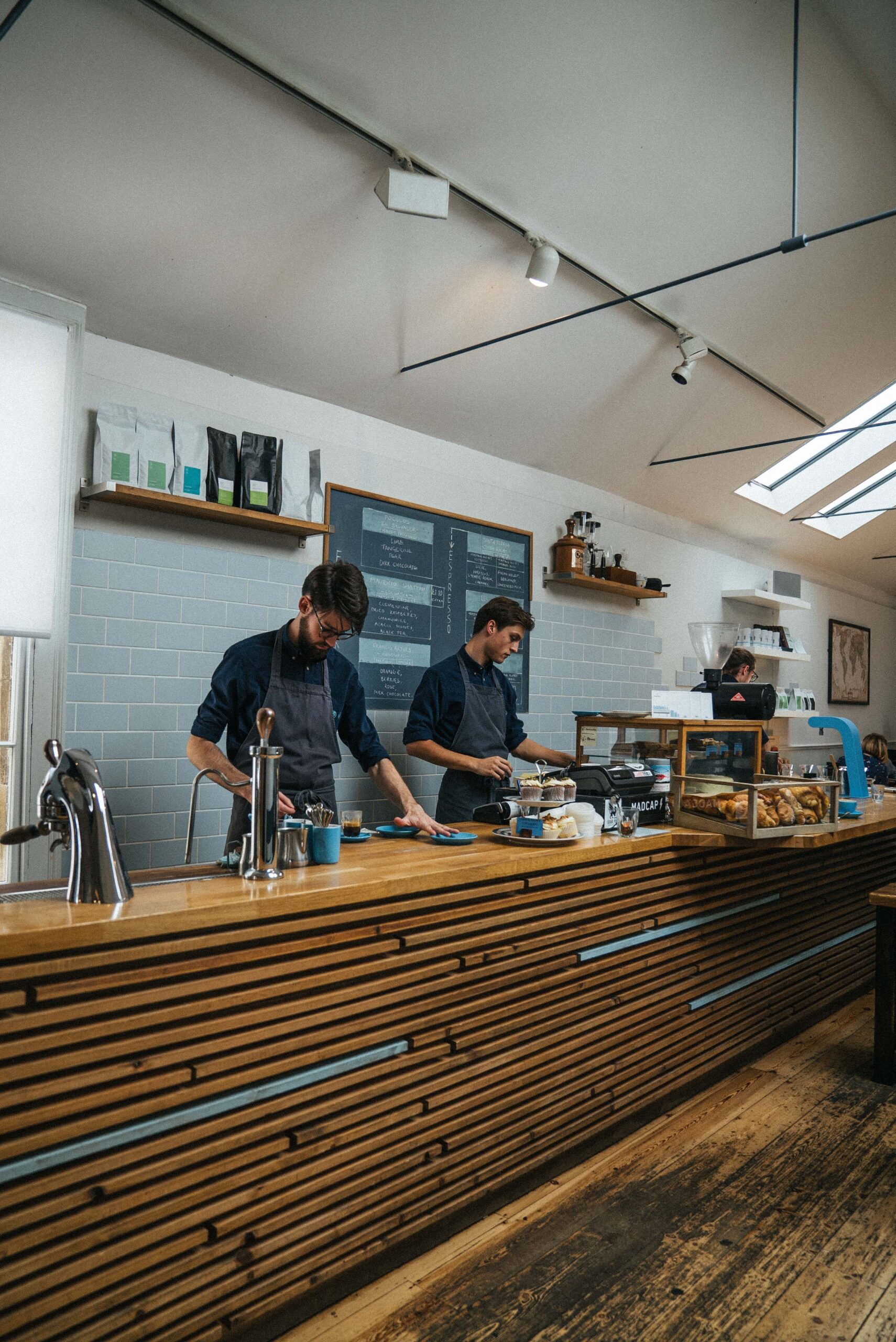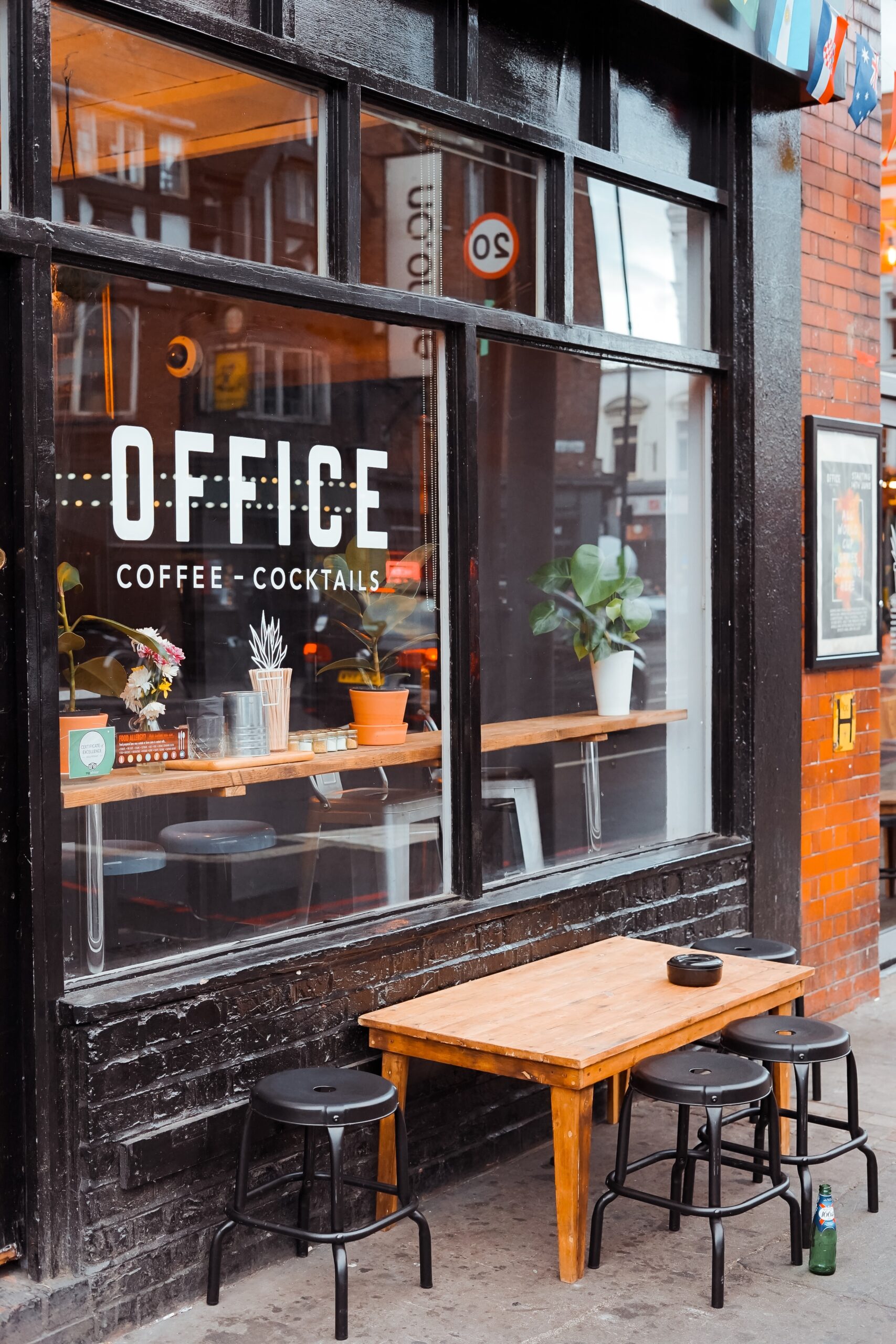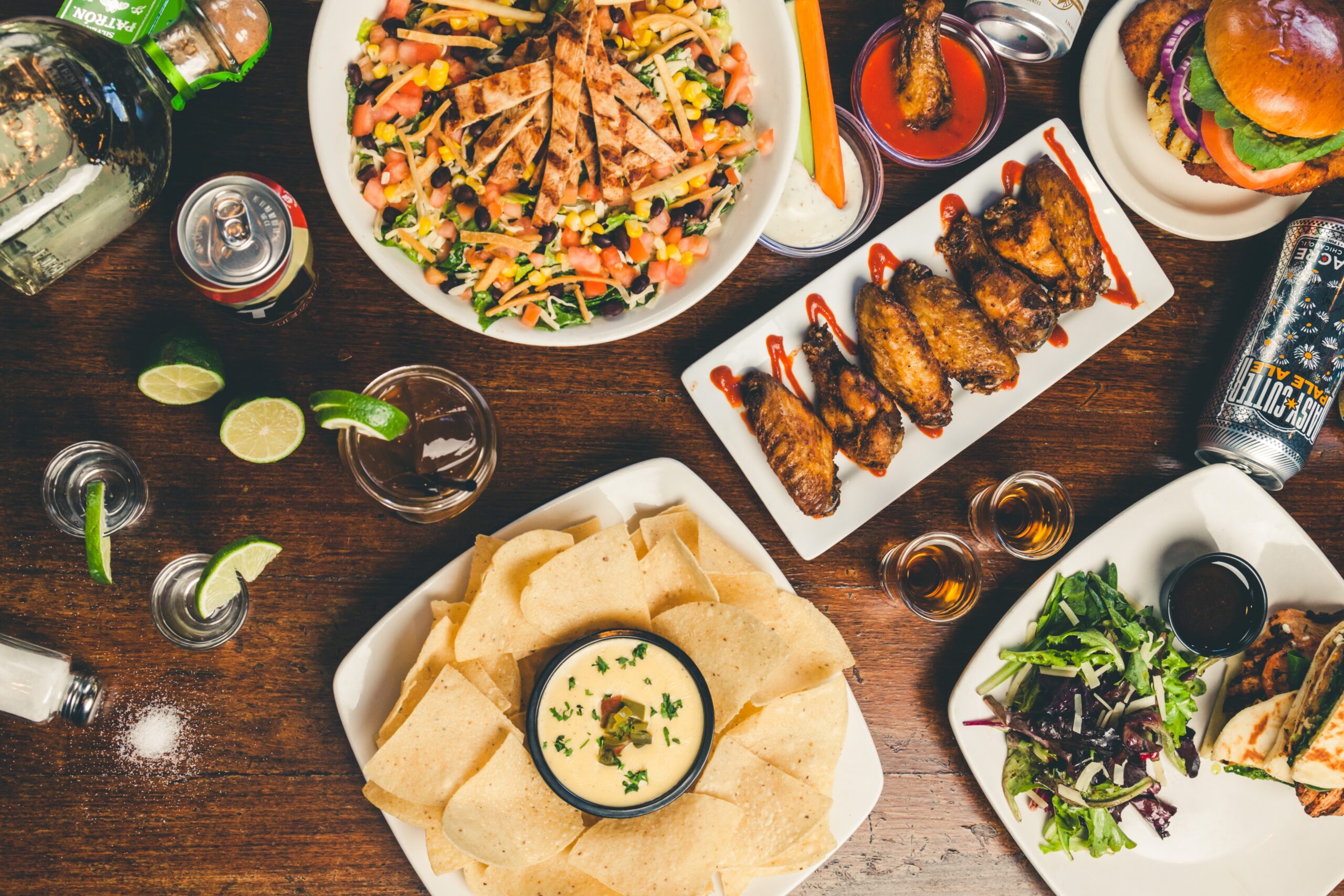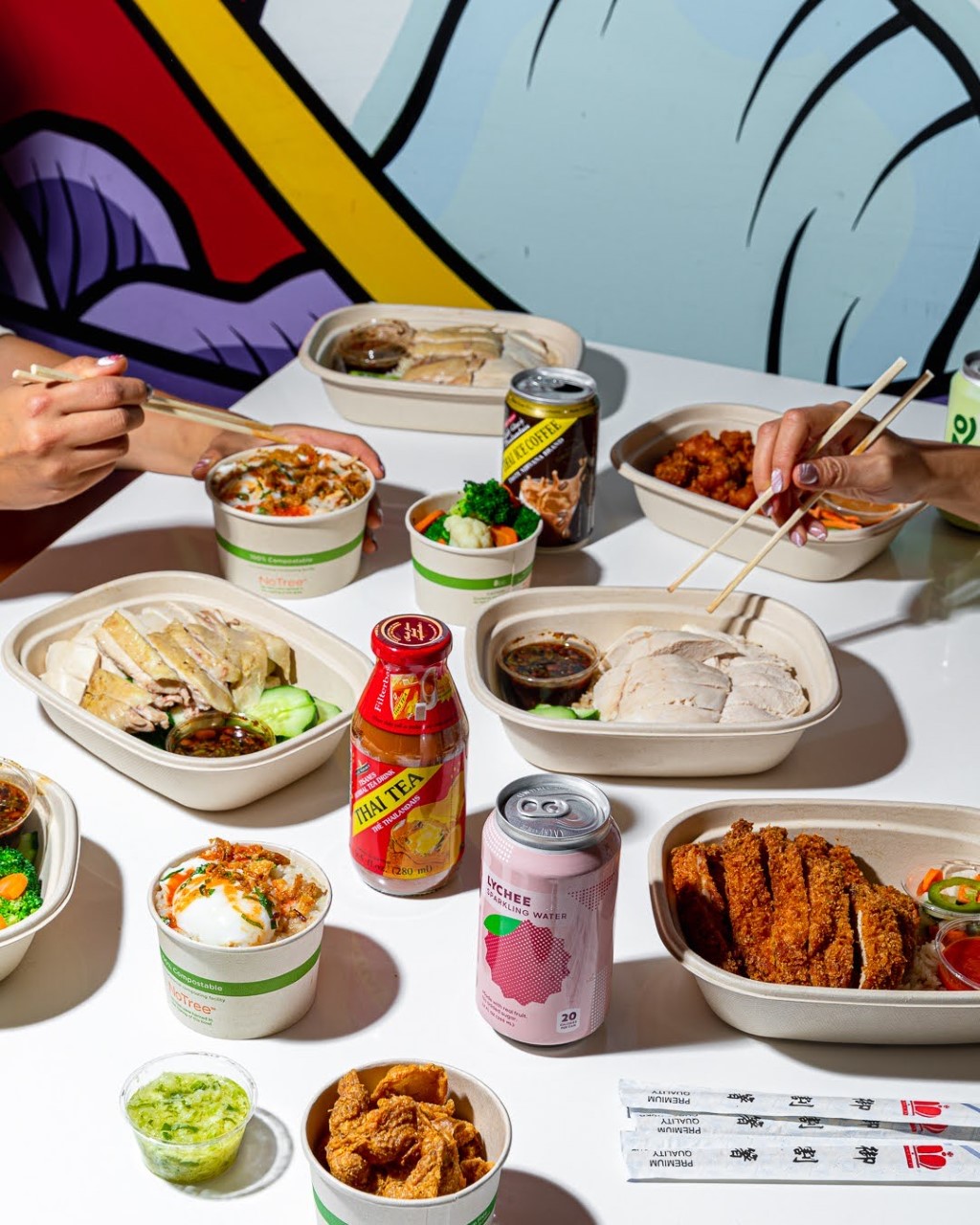Photo by Charlie Firth on Unsplash
Controlling Labor Costs In A Restaurant
By Johnny Day
Labor costs are a critical part of the restaurant business. The labor costs in your restaurant will vary depending on how much you staff your business, what kind of benefits you offer, how large your staff is, and how much turnover there is. If your labor costs are too high, it can cause issues with profitability. However, if they’re too low, then you may not be able to meet customer demand or provide the level of service that customers expect. Unfortunately, there’s no one-size-fits-all solution for controlling labor costs; every restaurant will have unique factors affecting its labor expenses. The best way to manage these costs effectively is by creating an action plan based on data from previous years’ budgets and actual payroll figures from those same periods. Here are a few tips as an overview to labor cost management.
Control Staffing Costs
Staffing costs are typically the most significant expense in a restaurant. Hence, it makes sense that controlling labor costs is one of your biggest priorities. You can do this by hiring the right people, ensuring you have enough staff to cover shifts and peak times, ensuring you have the right staff for the job, and keeping your team happy and engaged.
As you can see, payroll cost is one of the largest expenses in a restaurant. The good news is that they can be controlled by carefully planning how team members are scheduled according to past sales trends. In other words, if you control your staffing levels and manage employee benefits and turnover while keeping an eye on labor-related taxes, you’ll be well on keeping your payroll costs under control.
Control Employee Benefits
Employee benefit costs can be a significant part of your labor costs. Health insurance and retirement benefits are usually the most expensive. Still, you may also offer additional perks such as vacation time or sick pay. As a business owner, it’s essential to understand what is covered under each employee’s benefits package. In addition, it’s critical to keep these costs in line with your budget and ensure that employees have everything they need to perform their job well. Also important is communicating these details clearly with employees. Take the time to ensure there are no misunderstandings about what they can expect from their benefits package.
Create A Management Staff That Must Multitask
To keep labor costs low, you must have a management staff who can multitask. A manager should be able to manage multiple employees and tasks simultaneously. This means they must be able to effectively prioritize and delegate tasks, as well as address any issues that arise from the execution of those delegated tasks.
To do this effectively, managers need a solid understanding of how their business works. They need to know what positions are required for optimal performance. For example, what duties each requires and how these roles relate to the greater operation (i.e., if an employee is late or leaves early). With this information readily available, managers can quickly decide which tasks they should assign where they’re needed most—and whether or not an employee might need training before taking on new responsibilities.
Optimize Your Team Member Schedule
Optimizing your team member’s schedules is essential in controlling labor costs. Optimizing your schedule ensures that every shift has the correct number of workers and that no worker is over or underutilized. You’ll want to define the problem before starting on a solution, however, so here’s how:
Figure out how many labor hours are used for each shift in your restaurant. Then track this number each day across all shifts
Review the duties performed by each employee during their shift(es), and allocate labor costs per job type (e.g., food service or dishwashing) according to industry standards or best practices
Determine how many hours each job takes based on its nature.
Software Helps Manage Labor Costs
As a business owner, you want to ensure that your business stays profitable. One way to do this is by software designed to help you control staffing costs. Labor management software can help you accomplish this goal by keeping track of time, attendance, and scheduling in one place.
You’ll want to use the right labor management software for your business. Find one that’s easy and efficient to use so that it doesn’t create more work for yourself or your employees (who are already busy enough). It also has to be affordable and reliable to provide accurate data about when employees start and stop working each day.
Conclusion
A successful restaurant can positively impact the local economy, but not if it’s not profitable. Therefore, controlling labor costs in your restaurant is one of the most important aspects of restaurant operations. Follow these few tips and see how they improve your bottom line.













